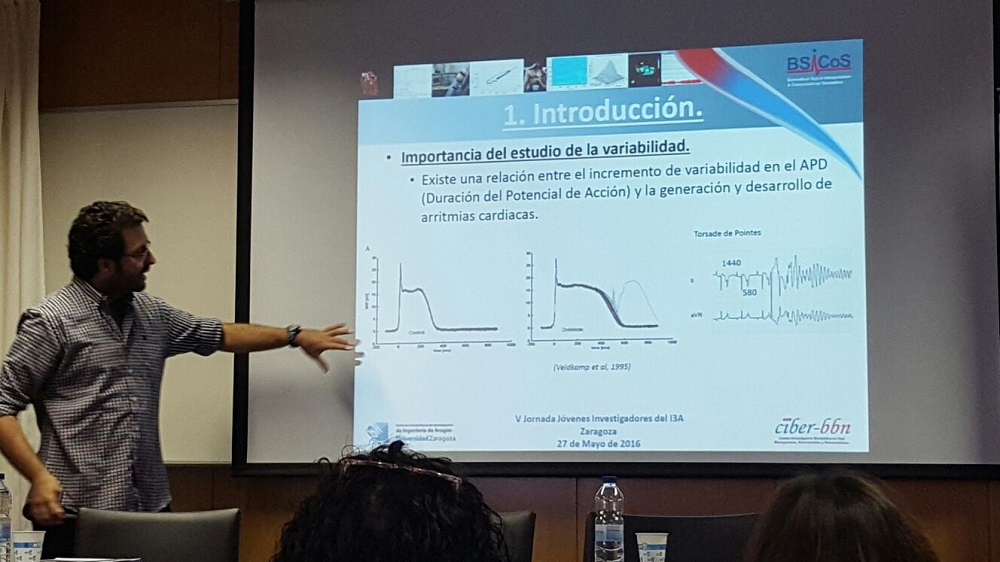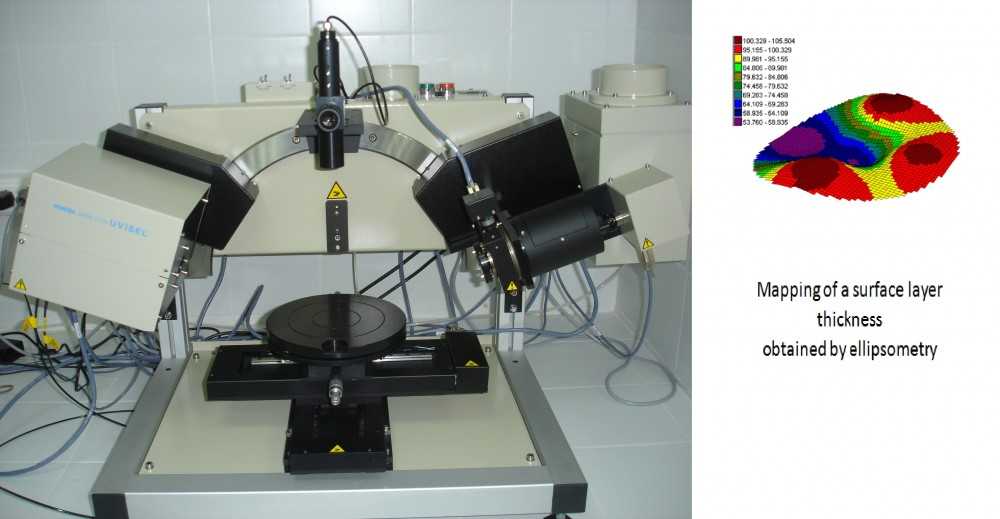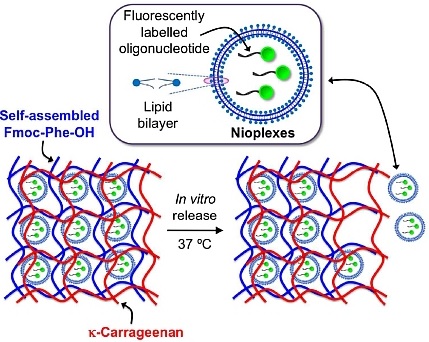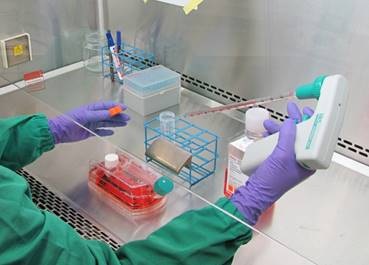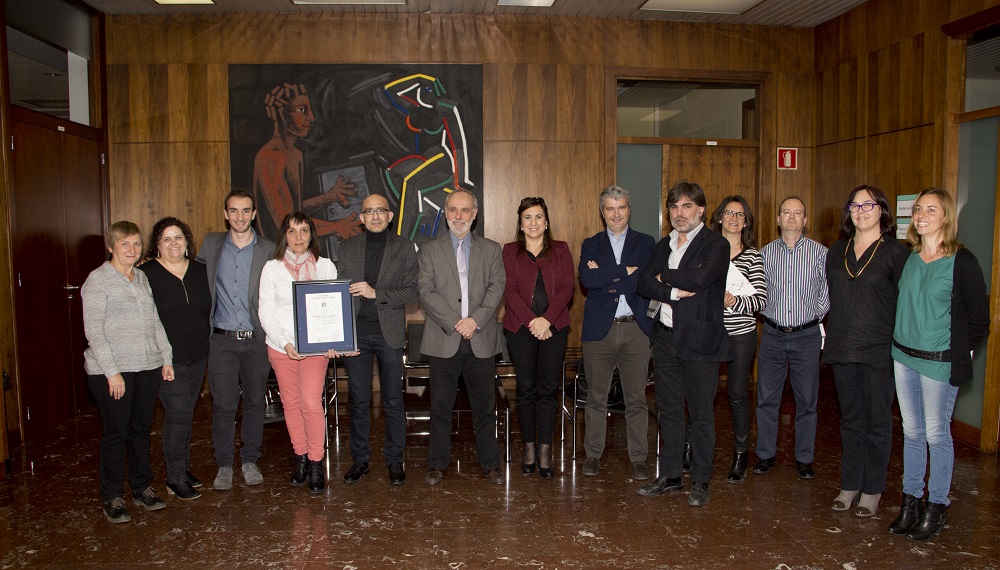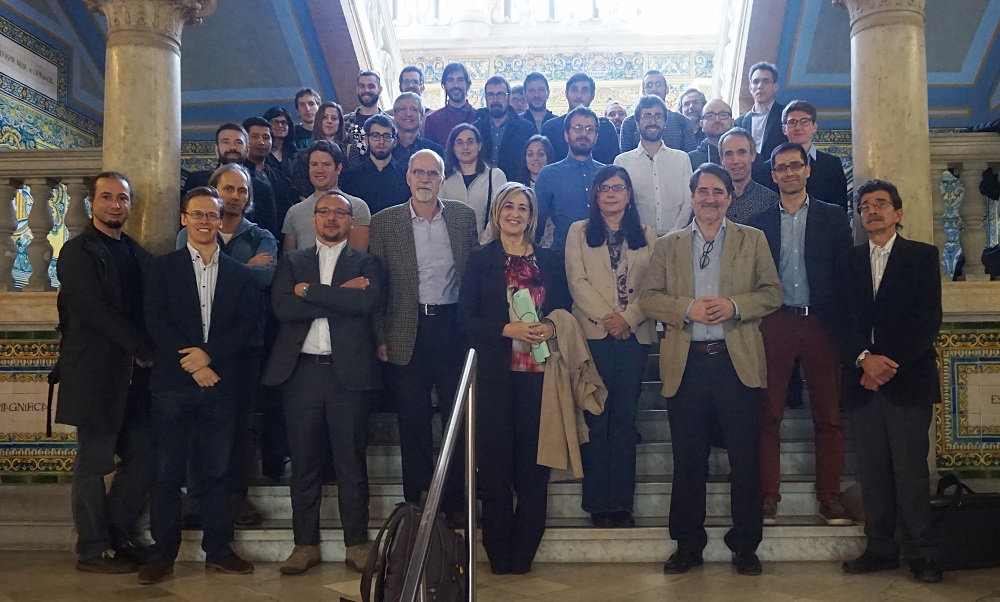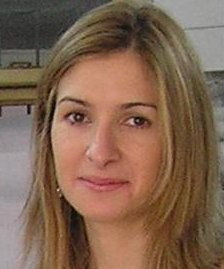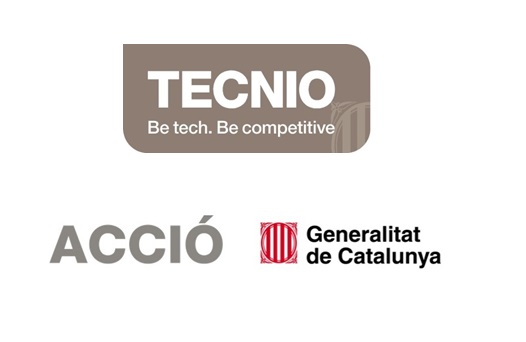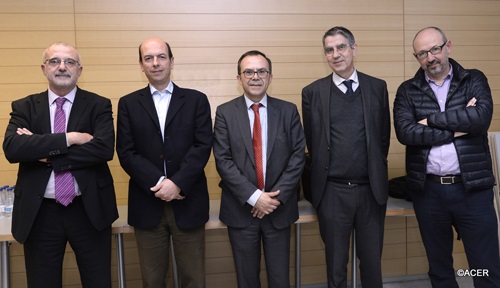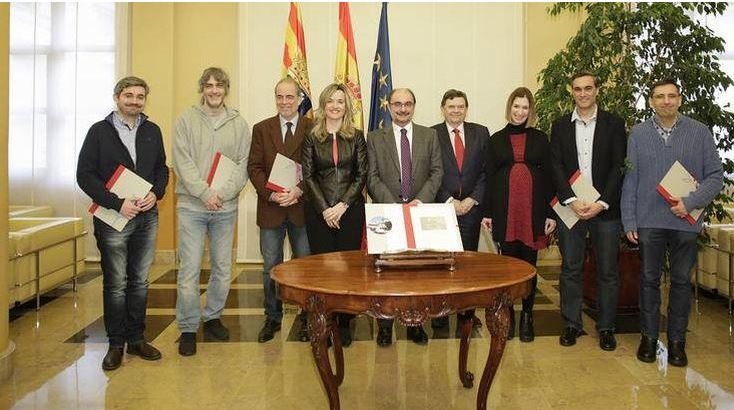Last Friday, 27th May, the "Instituto de Investigación en Ingeniería de Aragón" held the "V Jornada de Jóvenes Investigadores" where phD students presented their works related to different areas: Industrial Technologies, Biomedical Engineering, Processes and Recycling and Information and Communications Technology.
Last Friday, 27th May, the “Instituto de Investigación en Ingeniería de Aragón” held the “V Jornada de Jóvenes Investigadores” where phD students presented their works related to different areas: Industrial Technologies, Biomedical Engineering, Processes and Recycling and Information and Communications Technology.
David Adolfo Sampedro Puente, member of the BSICoS, group coordinator of Unit 27 of NANBIOSIS, presented the work entitled “Unscented Kalman Filter for Unobservable Parameter Estimation in Heart Cell Signals”, supervised by Jesús Fernández Bes and Esther Pueyo Paules. This work shows a methodology to estimate unobservable parameters, such as the number of the different ion channel typologies located in the cardiomyocyte membrane, from action potential (AP) signals. This methodology was validated using synthetic AP signals simulated by stochastic computational cell models. In future, this methodology will be used to real signals, recorded in human cardiomyocytes, to help to the study of the AP temporal variability characterization.
